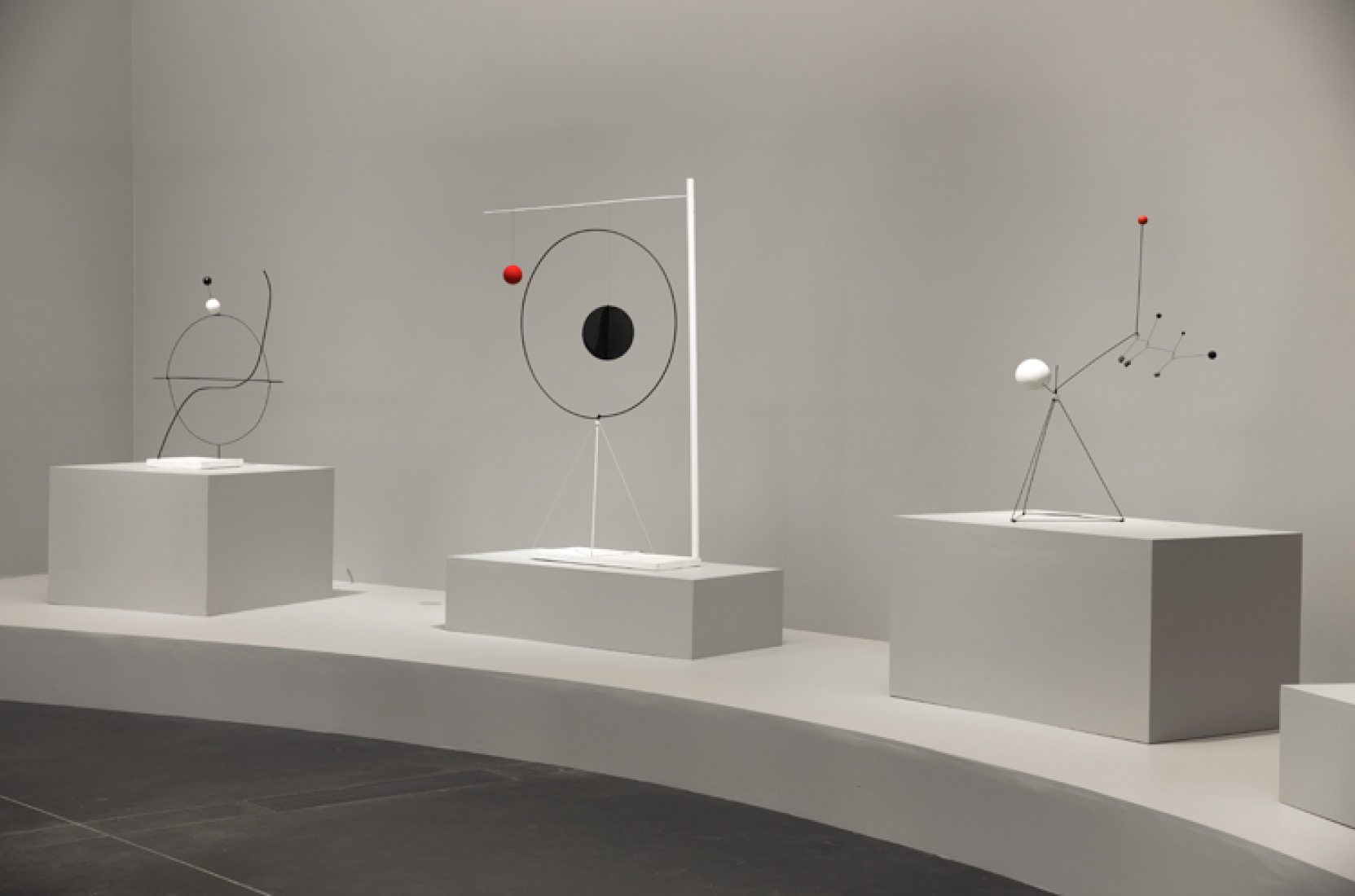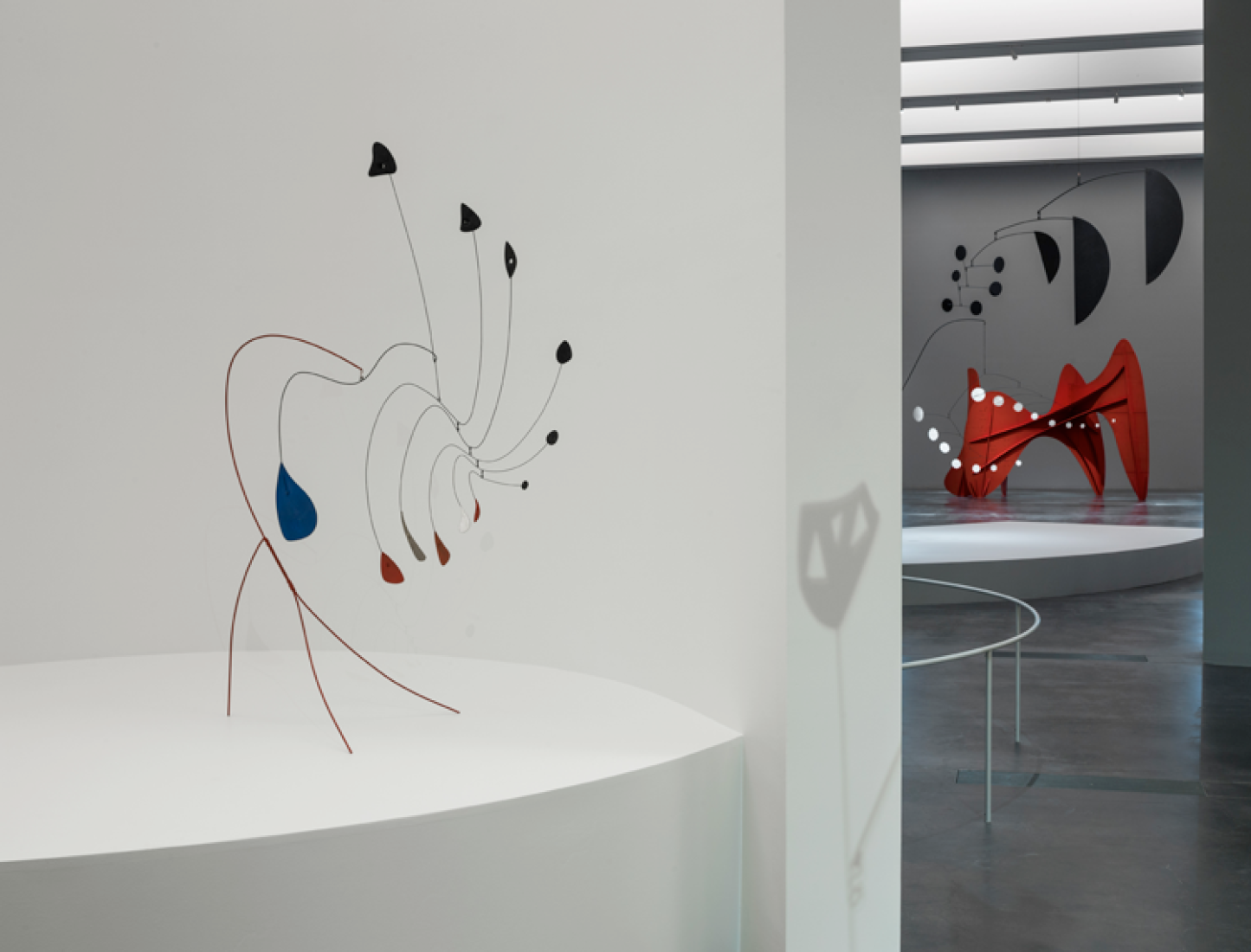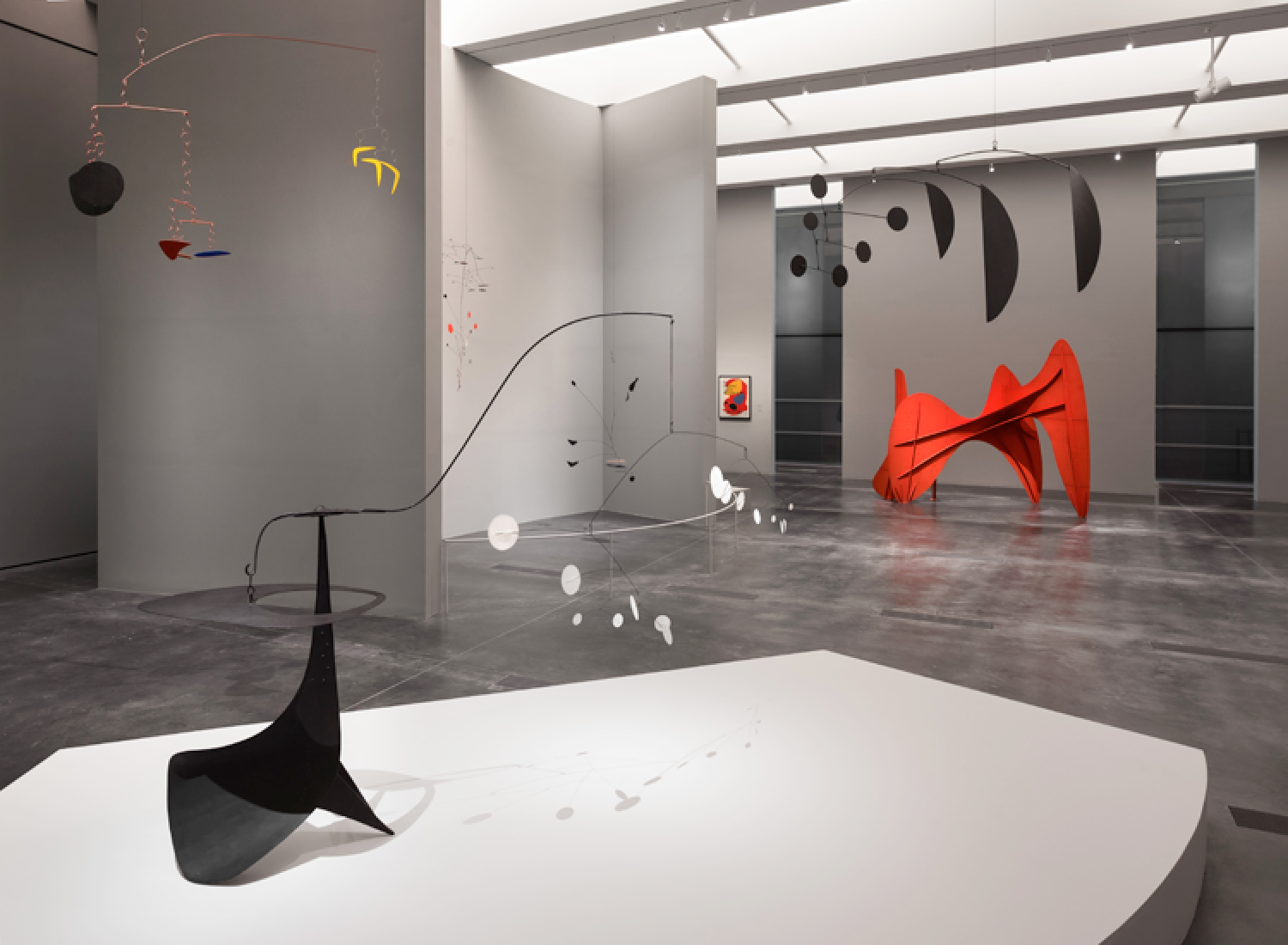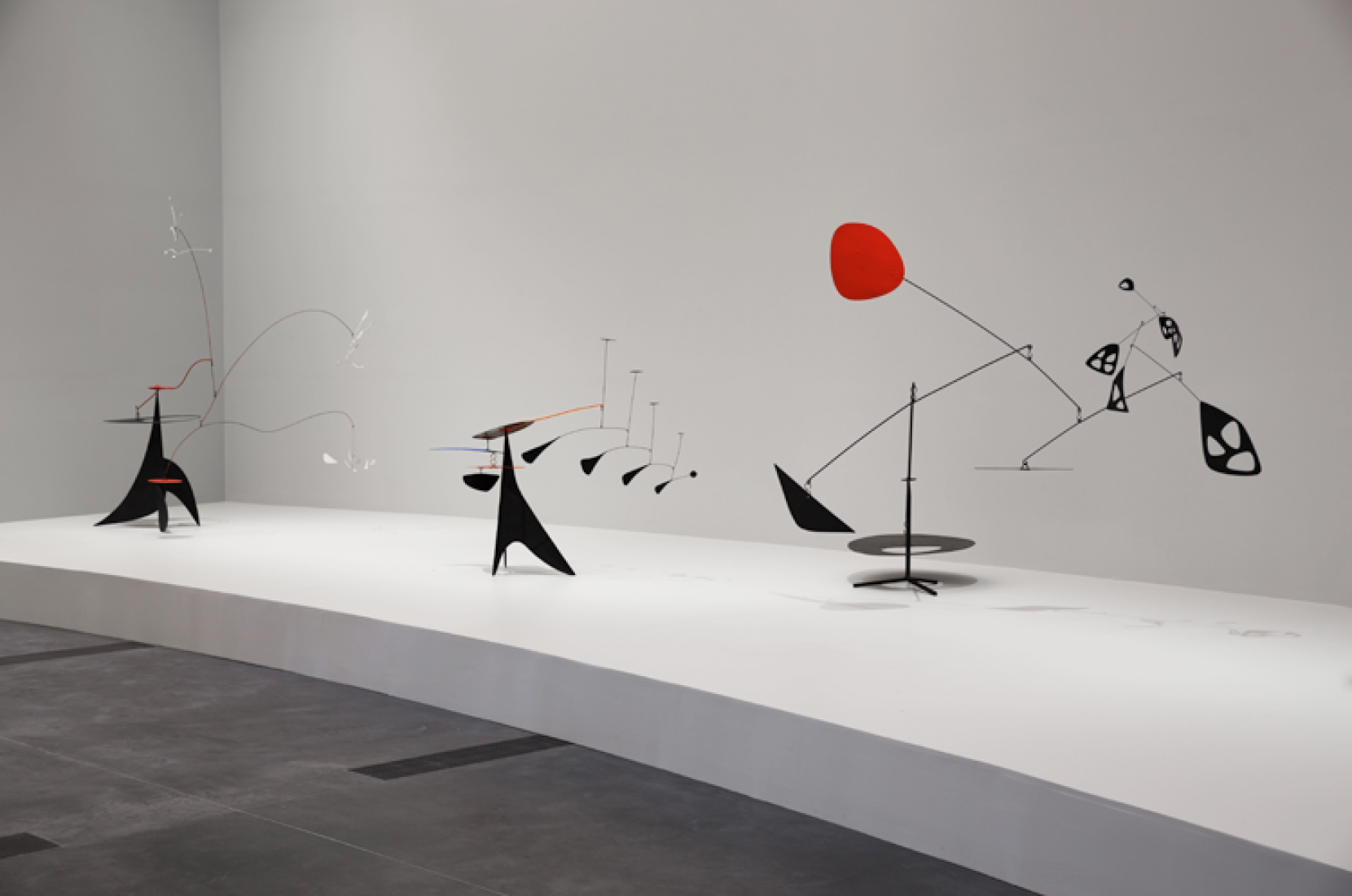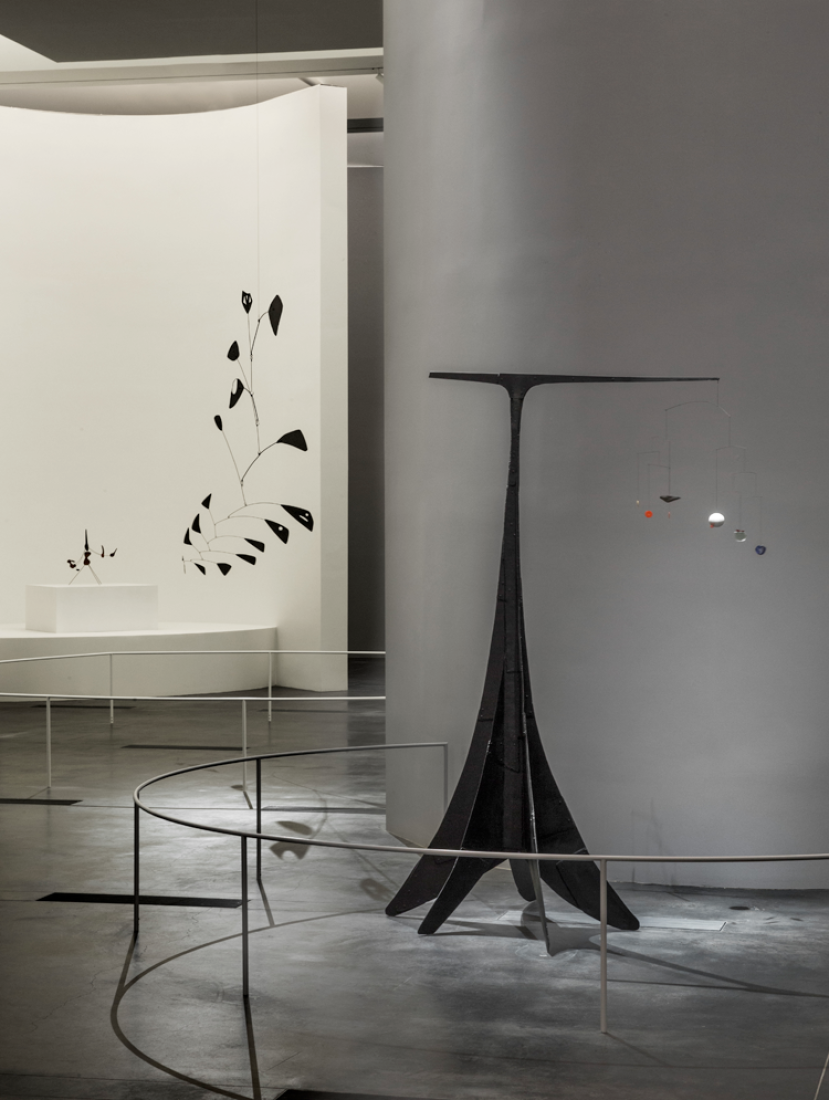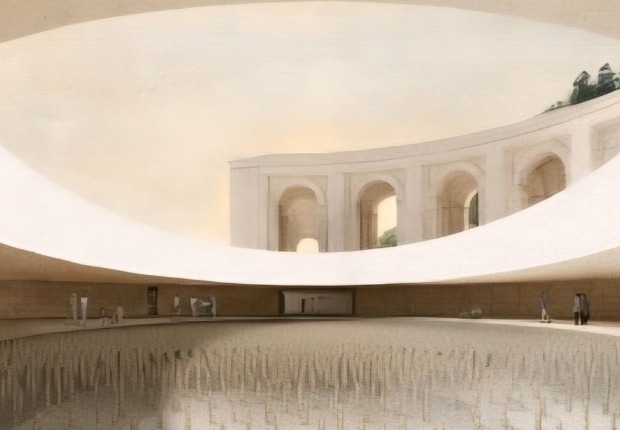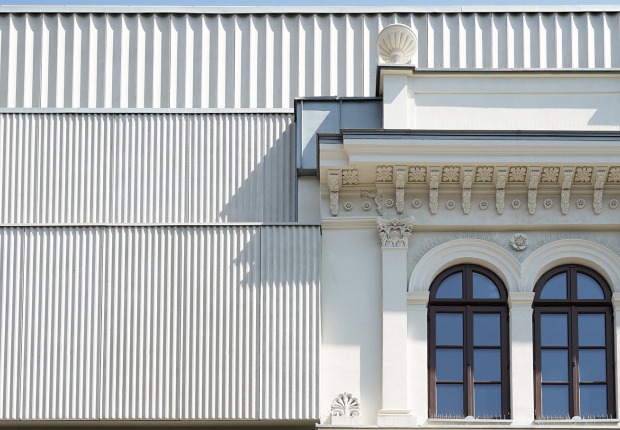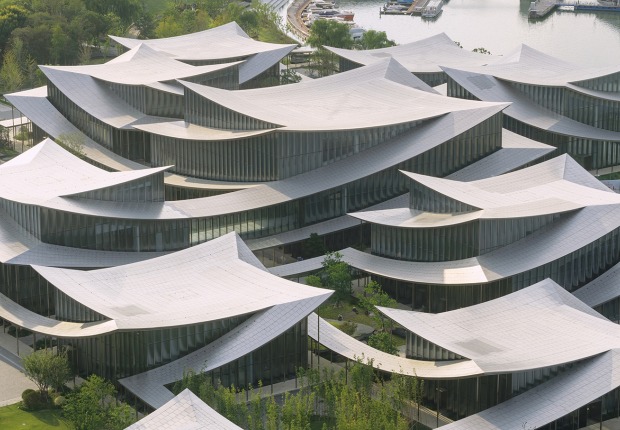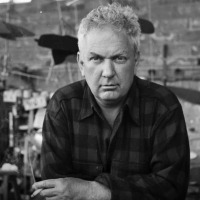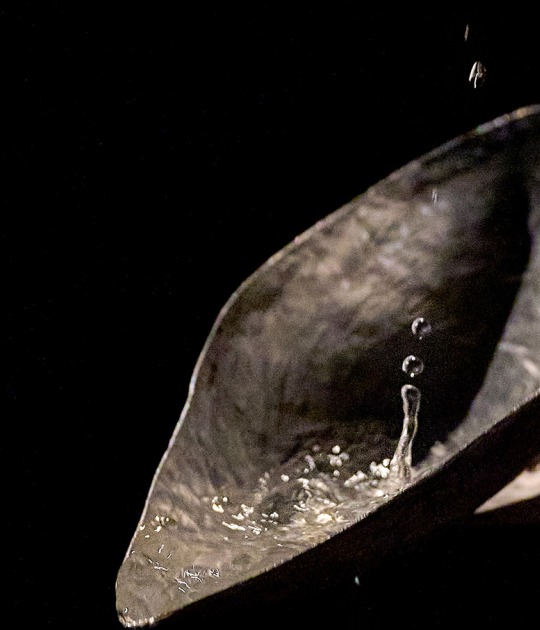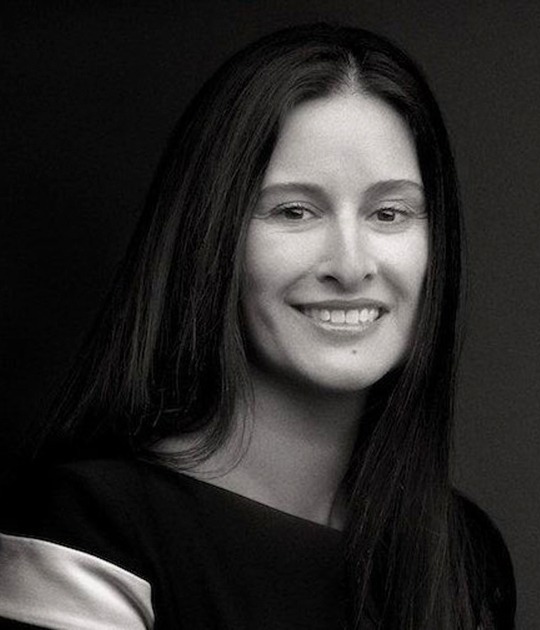Alexander Calder's work is always a good reference, by the way, the city of Grenoble has excellent examples of this sculptor throughout the city, at the exit of the train station there is spectacular one, 6 or 7 m high. Elsewhere in the city there are many more by other sculptors. For those unable to cross the pond a good exhibition is being held in Los Angeles.
One of the most important artists of the twentieth century, Alexander Calder revolutionized modern sculpture. Calder and Abstraction: From Avant-Garde to Iconic, with significant cooperation from the Calder Foundation, explores the artist’s radical translation of French Surrealist vocabulary into American vernacular.
His most iconic works, coined mobiles by Marcel Duchamp, are kinetic sculptures in which flat pieces of painted metal connected by wire move delicately in the air, propelled by motors or air currents. His later stabiles are monumental structures, whose arching forms and massive steel planes continue his engagement with dynamism and daring innovation. Although this will be his first museum exhibition in Los Angeles, Calder holds a significant place in LACMA’s history: the museum commissioned Three Quintains (Hello Girls) for its opening in 1965. The installation was designed by architect Frank O. Gehry.
Venue.- LACMA Resnick Pavilion. Los Angeles, CA. US (map here).
Dates.- Sunday, November 24, 2013 - Sunday, July 27, 2014.



